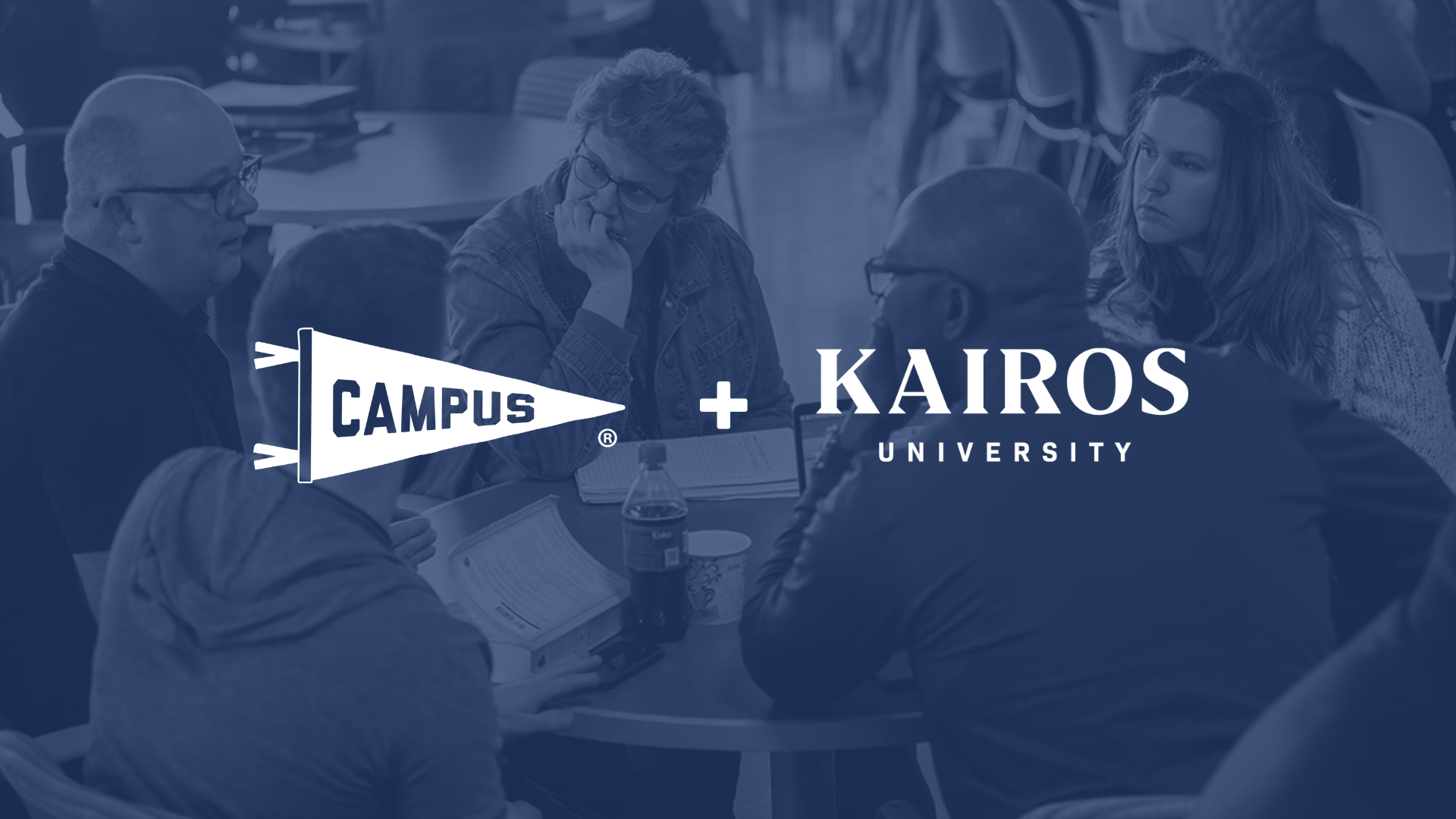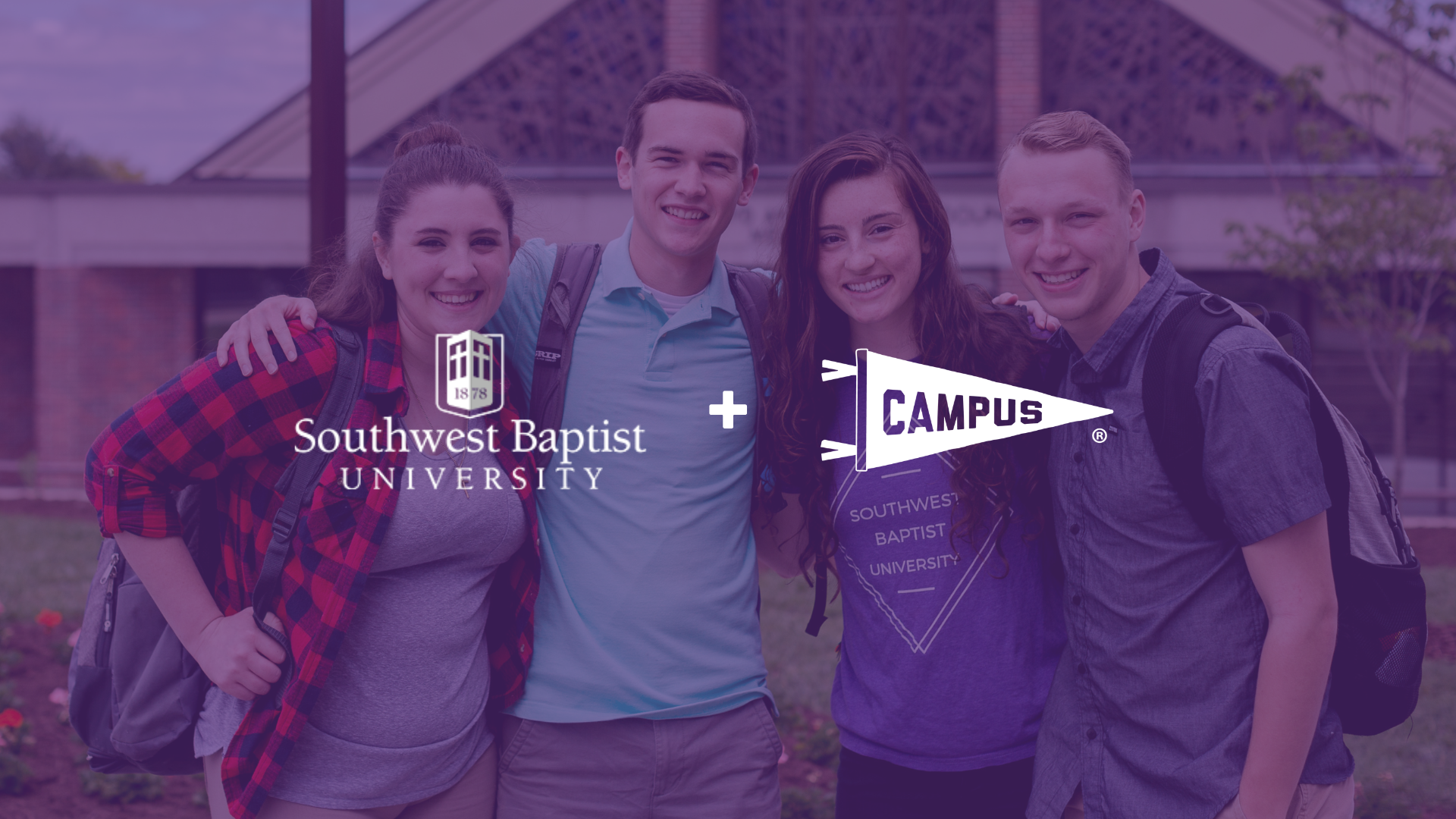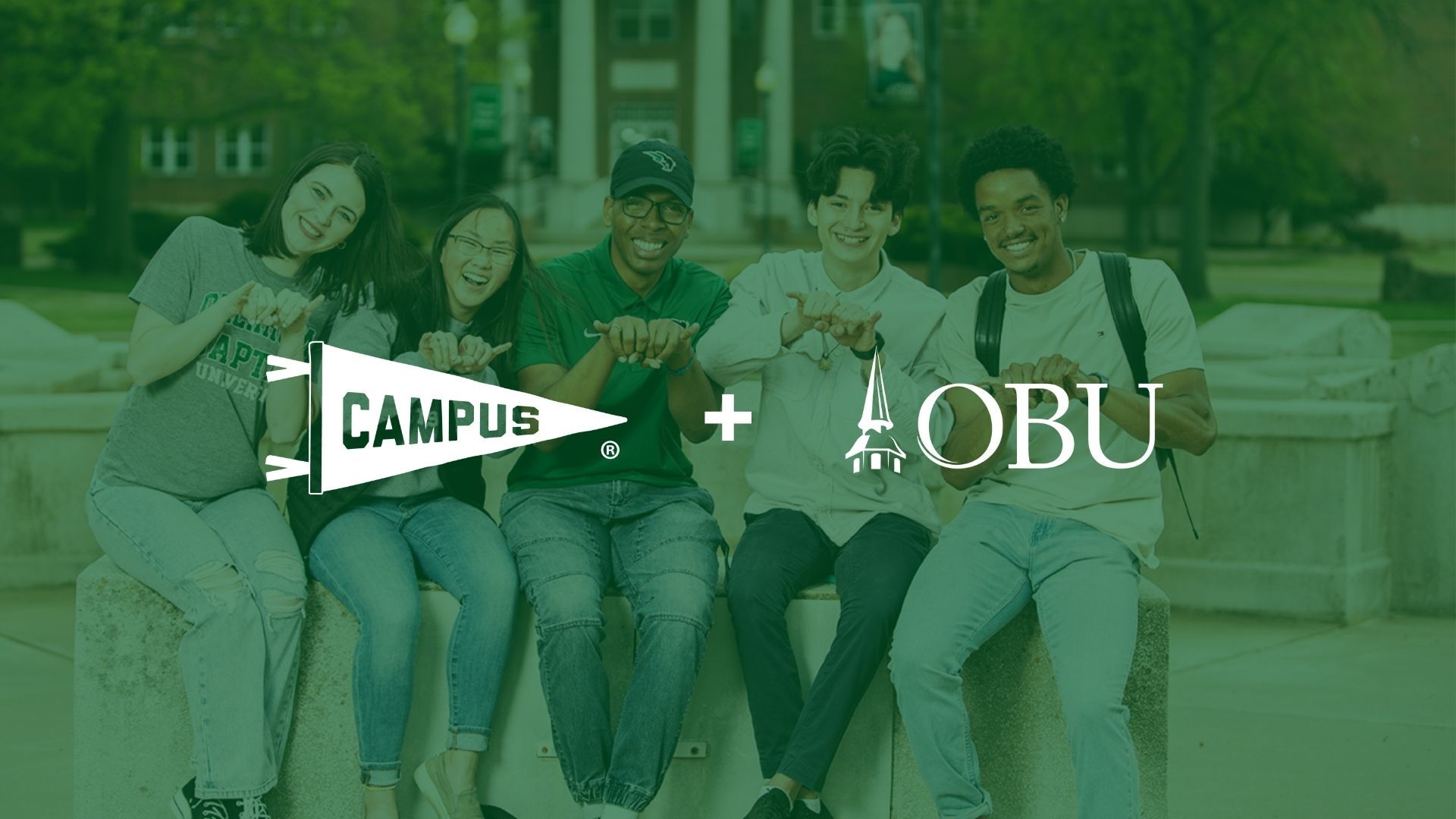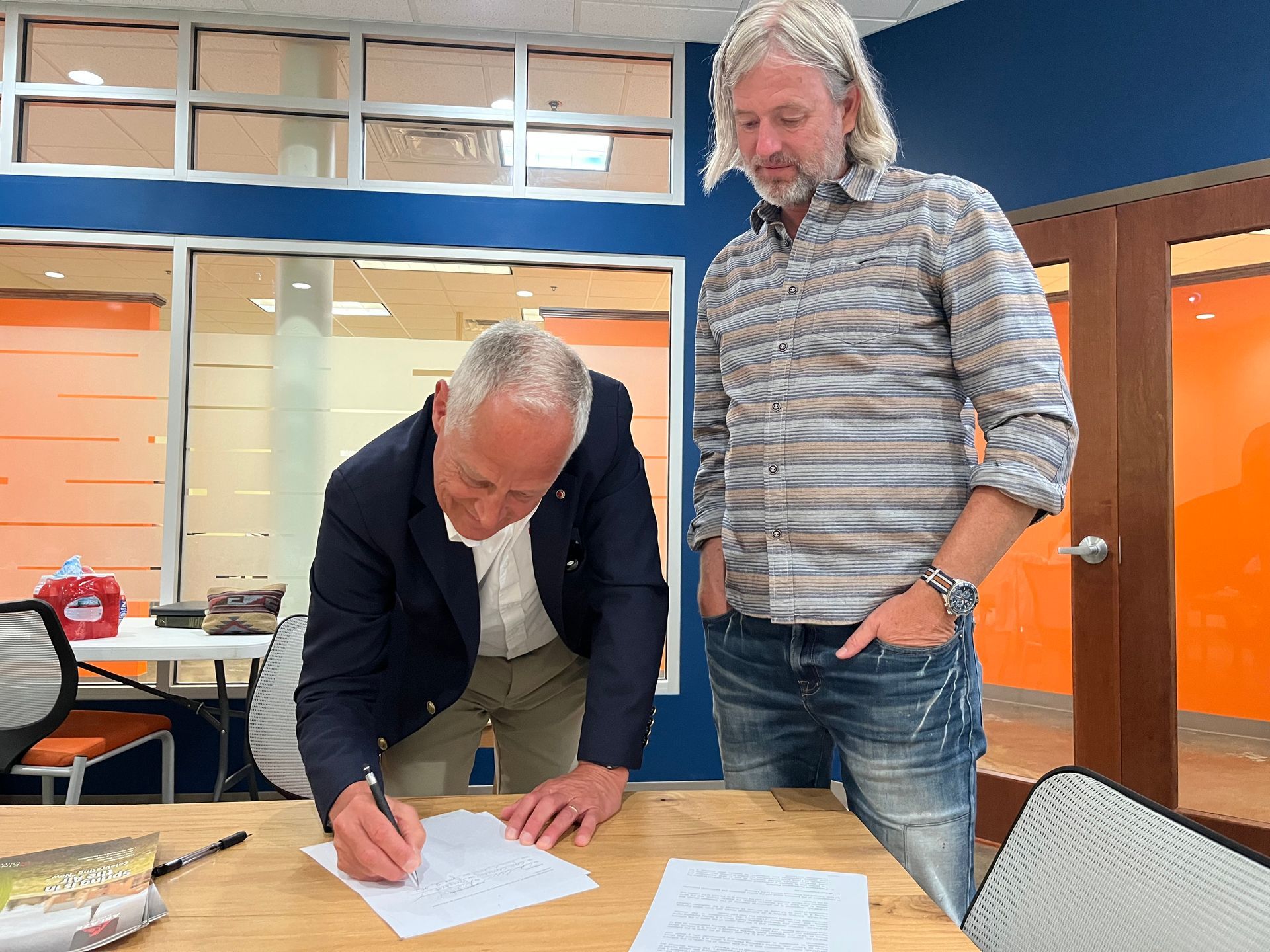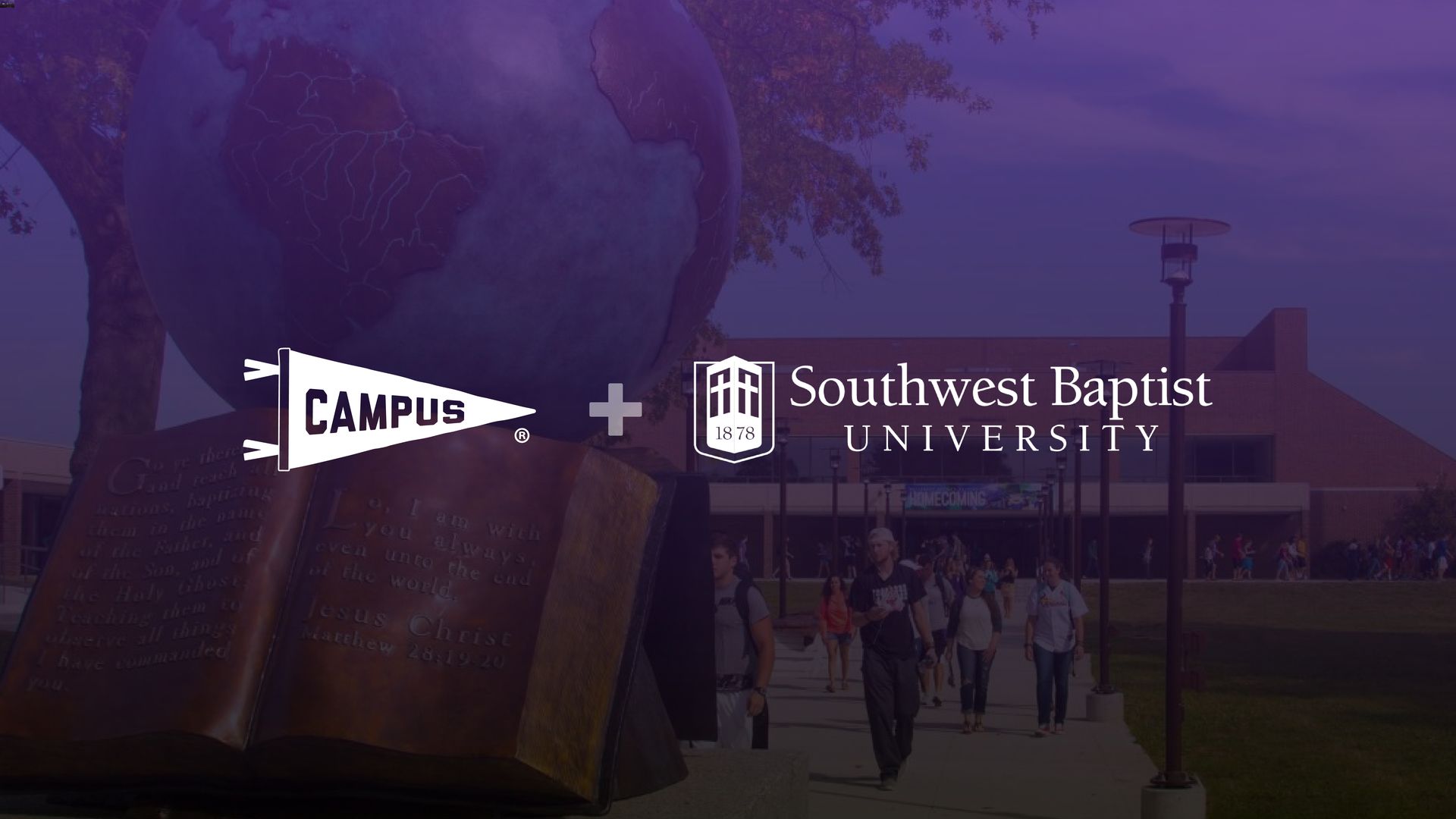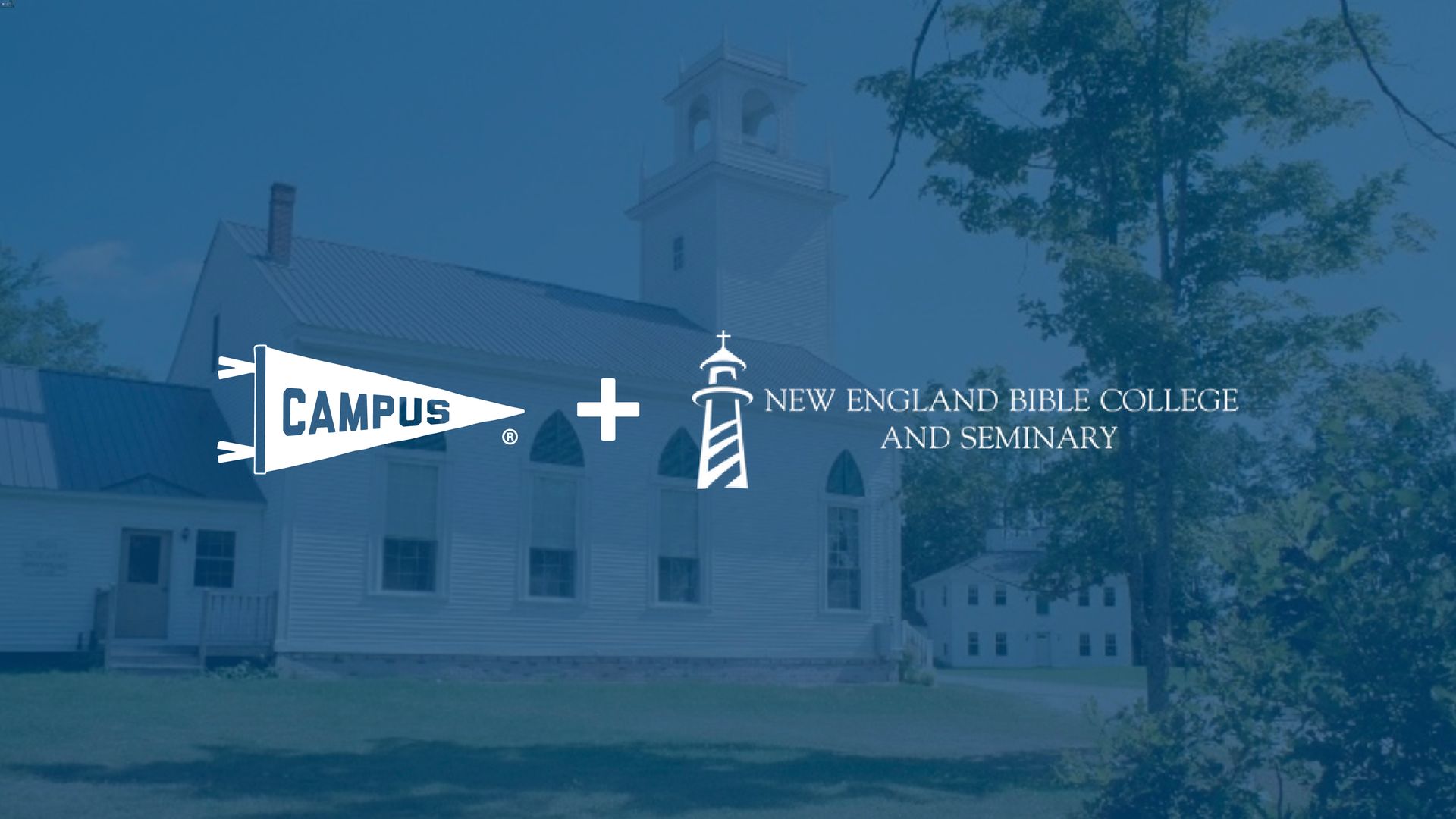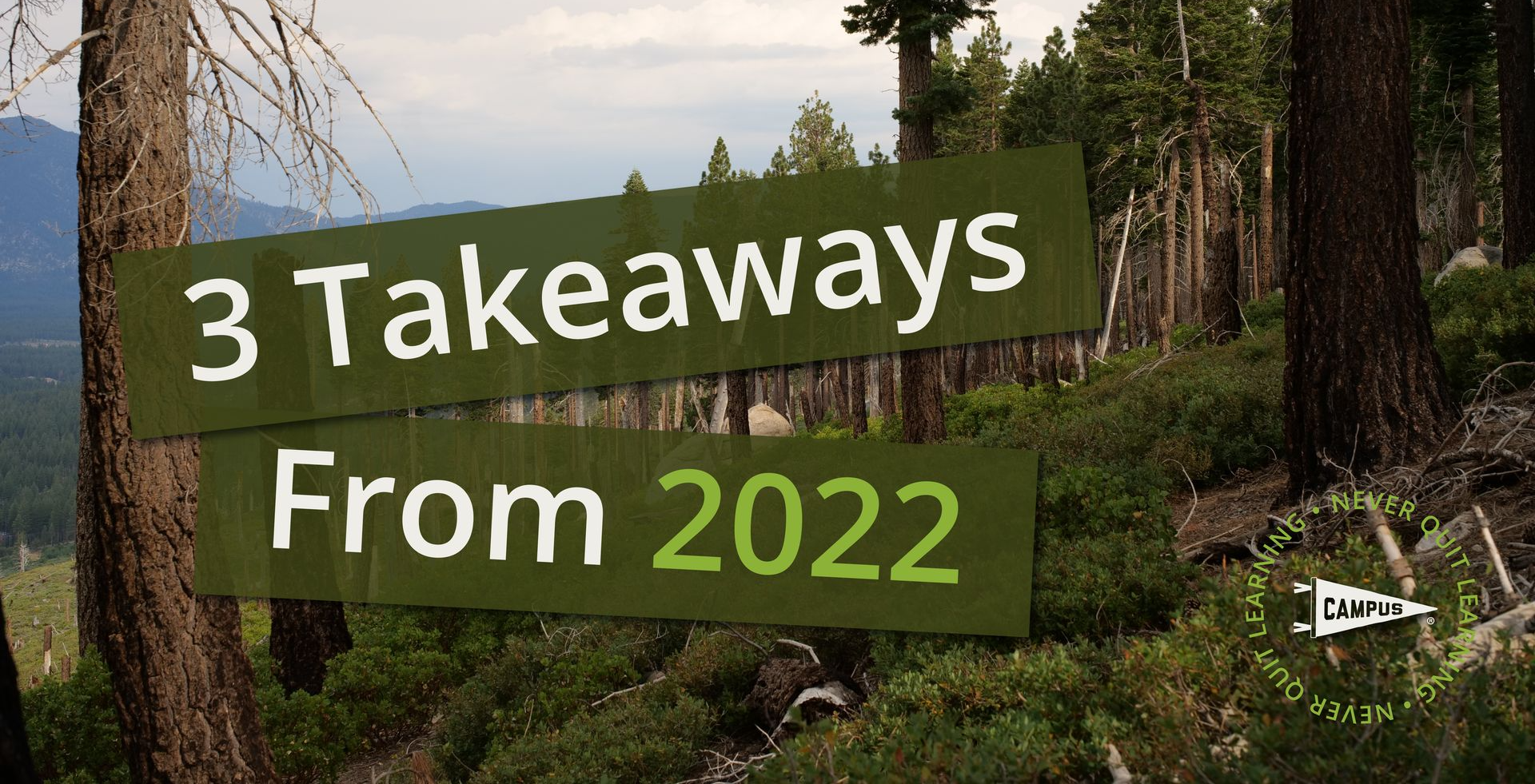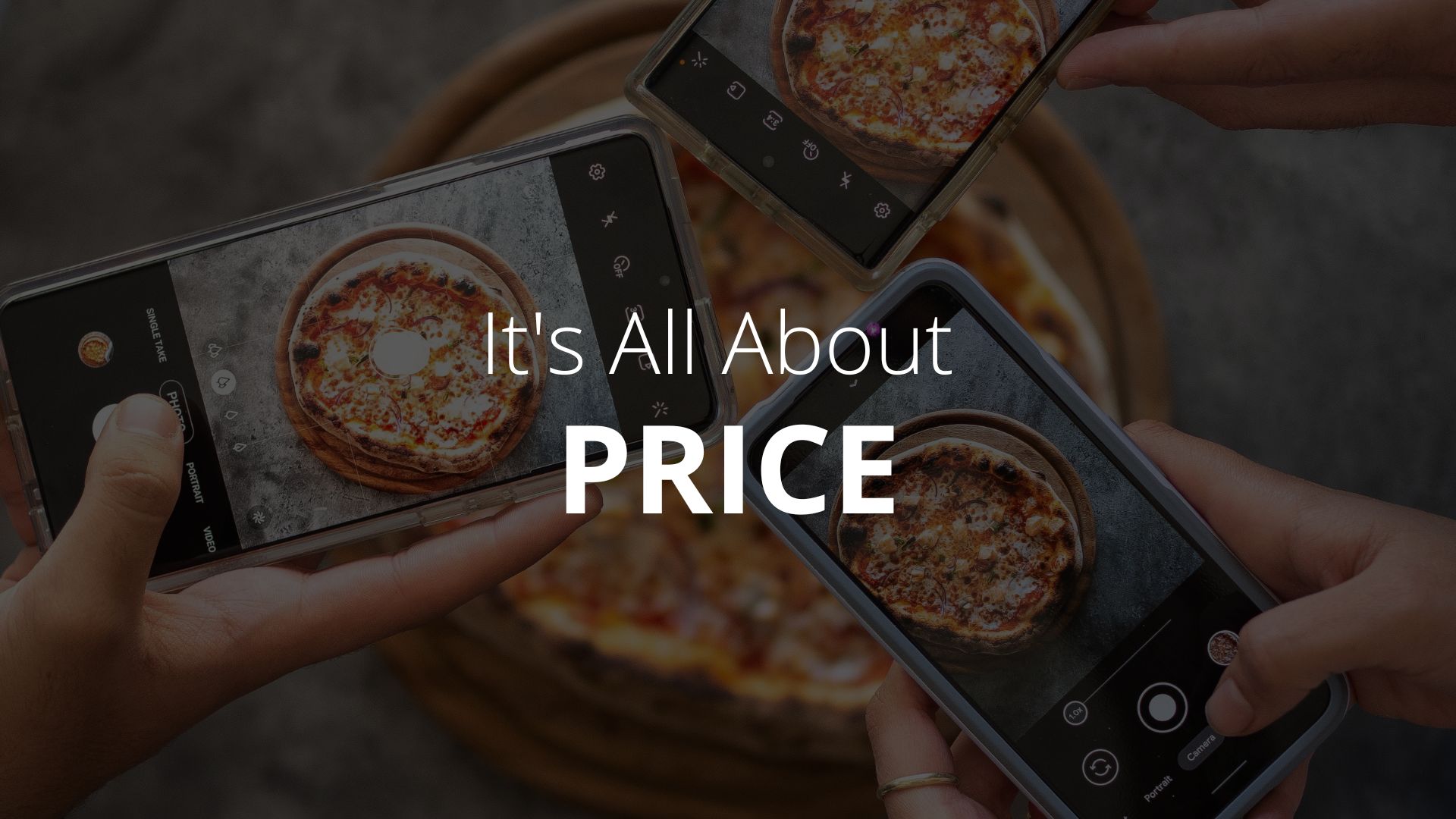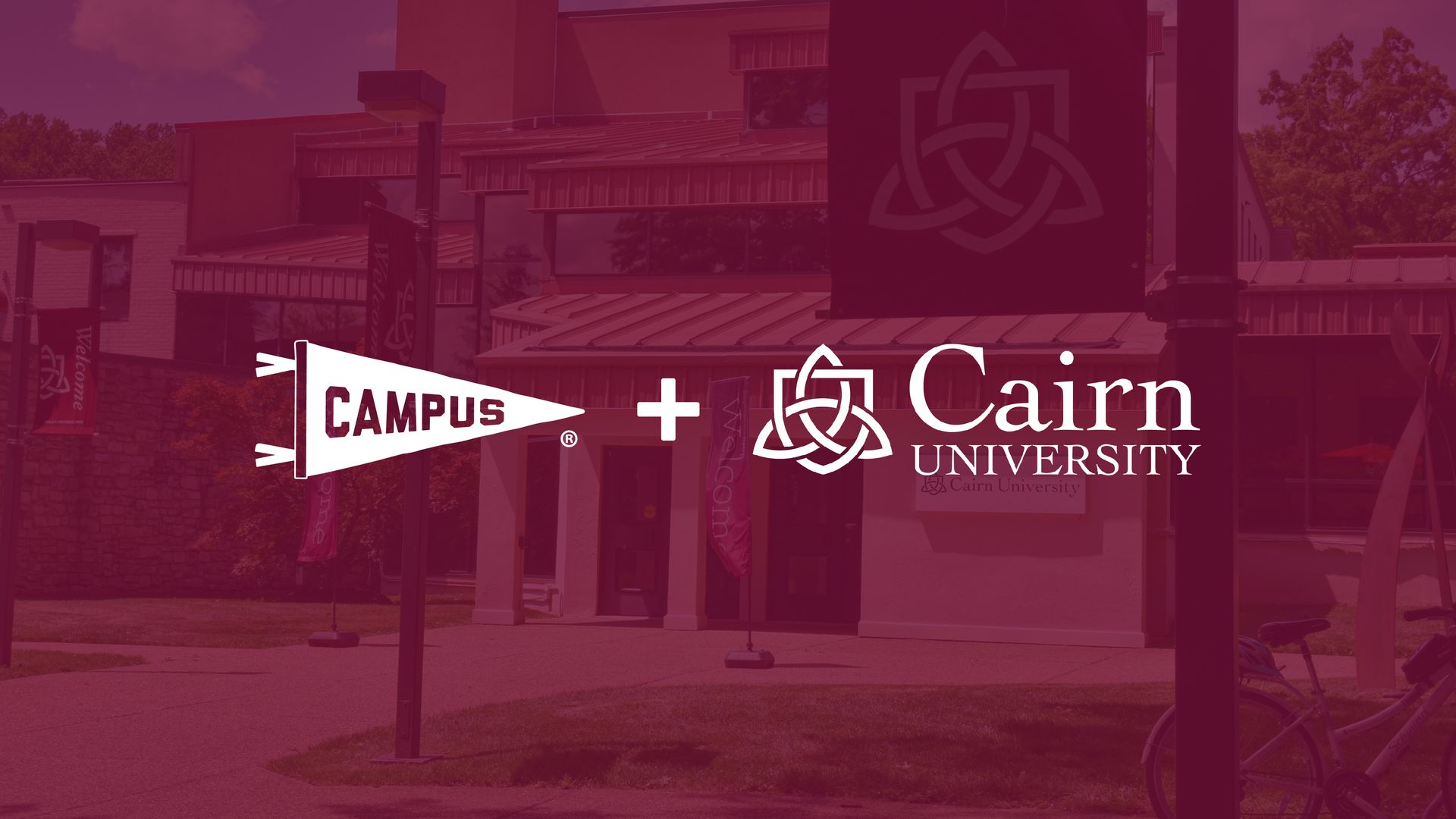From Course Management to User Experience
Erin Crisp
July 2, 2021

From Course Management to User Experience
After 25 years, the learning management system (LMS) is going through a major transition. Two decades ago, schools needed technology to manage courses-- student login access, document and gradebook access, class communication, registrations etc.. Today’s learners find this legacy mass management to be insufficient. Their experiences in every other realm of life have taught them that it is possible to be uniquely seen, heard, and valued as a learner, and modern technologies are emerging to meet those needs at scale.
Implications
As educational organizations shift their visions from managing learning to creating compelling user experiences, enabling technologies need to change in parallel. Viewing the infographic from Phi Hill (commonly referred to as the squid diagram), the history of the LMS is clear. Shifts away from management and toward a learning platform approach have been occurring since the mid 2000s. For the past 10 years, Moodle, Canvas and Brightspace have been able to capture much of Blackboard’s market share because of their emphasis on breaking down the “walled garden” model that was the backbone of Blackboard. An even more dramatic shift is on the horizon today, and it is poised to displace the current big four LMS providers.
This shift is occurring because of a blending of industries- education and business. The benefits of corporate talent development and customer relationship management systems are being realized by educational organizations, and the longstanding barriers between business technology and educational technology are quickly evaporating.
Merging Business and Education Technology
What does it look like to move from a Learning Management System (LMS) to a Learner Experience Platform (LXP)? Here are three brief stories of Salesforce and Workday (popular business technologies) being leveraged for use in academic programs at universities.
Olivet Nazarene University
When Olivet Nazarene University decided to launch their tuition-free general education program, they did not choose their LMS as the technology system to support their innovation. Instead, they launched the YourWay program using MyTrailhead, a learning experience platform developed by Salesforce to develop their customer user community.
Olivet’s leaders were looking for technology that could help them “[flip] the focus from the course to the student,” and they had to look beyond the big four LMSs used in education today. The YourWay program is “a learning experience that is self-paced, offering bite-sized content to make learning more accessible, more hands-on, and more engaging.” The focus is on the user experience, and business technology is at least a decade ahead of educational technology in this regard. The central focus of YourWay is to provide self-paced, low cost general education courses as one option for learners. Scalable systems are essential for accomplishing this goal.
College for America (now SNHU)
When challenged to launch a degree program in four months, Southern New Hampshire University leaders turned to Salesforce- not just to manage the marketing and sales funnel, but to launch the entire learner experience. Salesforce is a customer relationship management system, not an LMS, and yet CfA leaders knew that they needed a think-outside-the-box solution for their new model of providing access to an affordable and career-focused education.
As opposed to building within a traditional LMS, the college “built its competency-based Learning Management System (LMS) on the Customer 360 Platform… It’s all invisible to the student. To them, it’s just a user experience that we’ve customized.” Every major student assignment completion was tracked in Salesforce and not in an LMS. Why?
Business technology is fine tuned to provide insight into the user experience. Who is getting stuck where and when? How have we intervened to provide help? What interventions helped? What does satisfactory progress look like? What predictions can we make to more effectively plan for the future? None of these questions is easily answered with existing (non-customized) LMS technology.
Workday Launches Student
Workday is a customer relationship management suite of tools commonly used in business to handle finance, human resources, and adaptive planning. Workday has added a specific focus on higher education with their Workday Student product. In a recent press release, they announced several new large customers including Minnesota State Colleges and Universities, University of Central Florida, University of Louisville, University of Maryland, and University of Oklahoma.
Workday doesn’t promote their technology as a replacement for the institutional LMS. However, their investment and rapid growth in higher education points to an unmet need for technology that resolves the individual needs of students. They propose that an “integral part of a modern student system is native engagement tools that can actively engage students throughout their educational journey. These engagements are not static; they can be proactive based on actions taken, connections made, and barriers removed—enhancing efficiency and supporting self-service for students.” An investment in this functionality points to the fact that there is currently an unmet technology need in education, a need that could be met with an LXP ecosystem.
Learning Experience Platform
Signals from all corners of media, culture, and business point to an unrelenting focus on the individual user experience. Some examples of these signals include:
- Design thinking, with its emphasis on empathy for the user,
- User experience and user interface (UX/UI) design as new fields of expertise complete with degree programs and career opportunities in companies large and small,
- Universal design for learning (UDL) which promotes educational design that meets a wide variety of cognitive, social, and affective needs.
- Cultural responsiveness that advocates for an awareness of the many ways cultural norms impact interactions among individuals.
These signals (and many others) merge and result in the societal expectation that as a learner, my individual needs and preferences are seen and heard. Students don’t want to feel managed as a part of an educational factory. They want their unique traits, needs, preferences, goals, activity, schedules, and desired modes of interaction to be valued. Each student wants to be the author and owner of their educational journey, and they do not want to navigate complex organizational structures to make simple choices around learning modality, intensity, and level of interactivity.
As educators, we can ignore these expectations, or we can recognize that this functionality has been the primary goal of many of today’s business technology systems for over a decade. Customizable interactions with predictive capabilities are central to many of today’s top industries. The technology of modern business needs to merge with the pedagogical and operational knowledge of educators for the benefit of tomorrow’s learners and learning.
The Campus Blog
